Why “Sticky Discovery”? This was the first question I asked during my interview with the man behind the YouTube series of nature documentaries. His name is Dính, given by his paternal grandmother because after Dính’s mother had two miscarriages, she’d hoped Dính (meaning “sticky” in English), would stay put.

Dính filming in An Giang.
Not common or conventionally beautiful, the name wasn't something Dính enjoyed having growing up. But over time, he came to appreciate it more, particularly as he saw the “sticky” qualities of topics that fascinated him: Dipterocarpaceae oleoresin and the collagen in crocodile bones, for example. He decided to name his YouTube page after it during one particularly fortuitous afternoon.

The whale Dính saw in Bình Định.
During a work trip to Bình Định, Dính learned that a whale had been observed in the nearby ocean. Against what seems like all possible chance, he thought he might be able to see it if he went out there. So he and a colleague arranged a boat to take them 30 minutes away from shore to where the whale had been last spotted. During the ride, Dính was thinking about the YouTube channel he was beginning to upload videos to. It needed a name. As land receded from view, the idea came to him out of the blue: Sticky Discovery. “Why not? My name is beautiful,” he thought. Sticky Discovery is thus both an acknowledgment of his coming to accept his own name, as well as an adjective that unites many of the topics he explores in his videos.
Growing up amongst butterflies, dragonflies and flowers
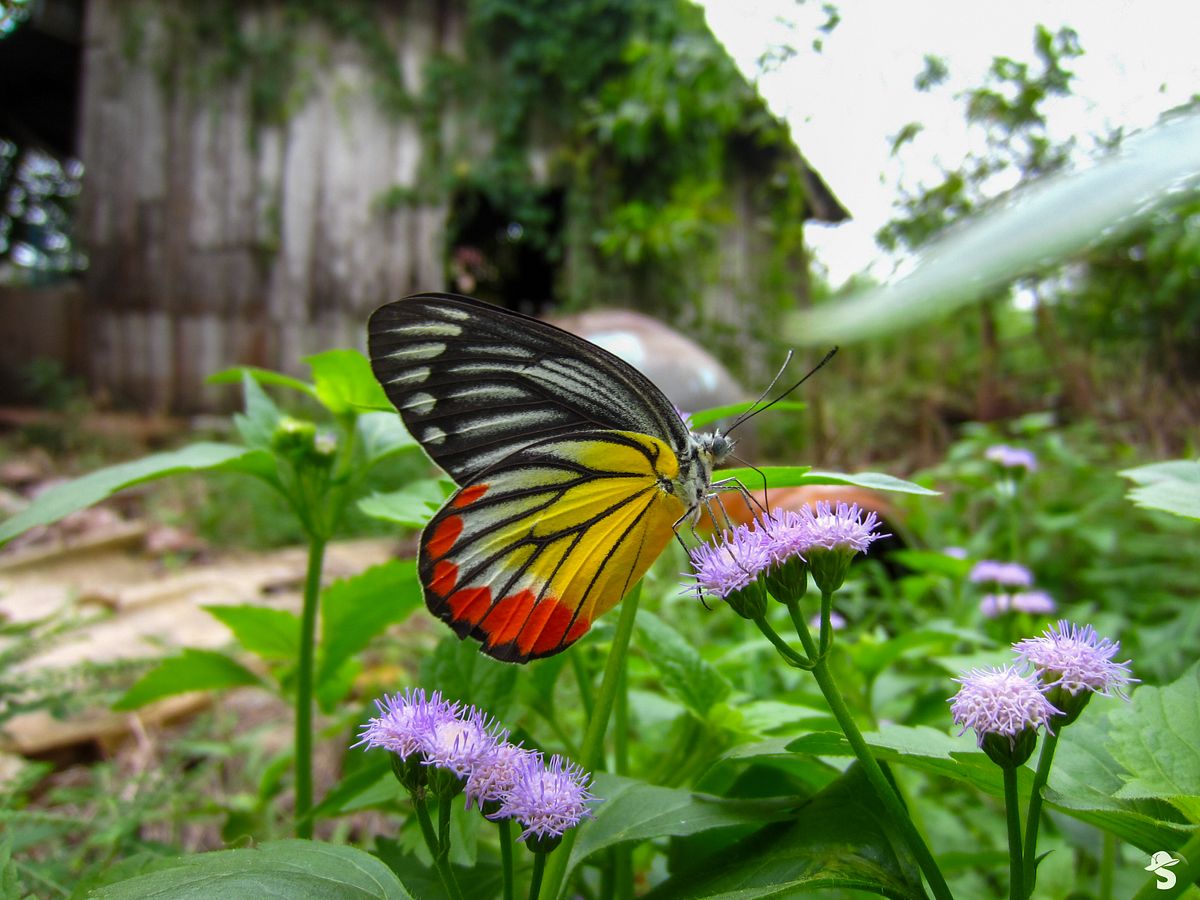
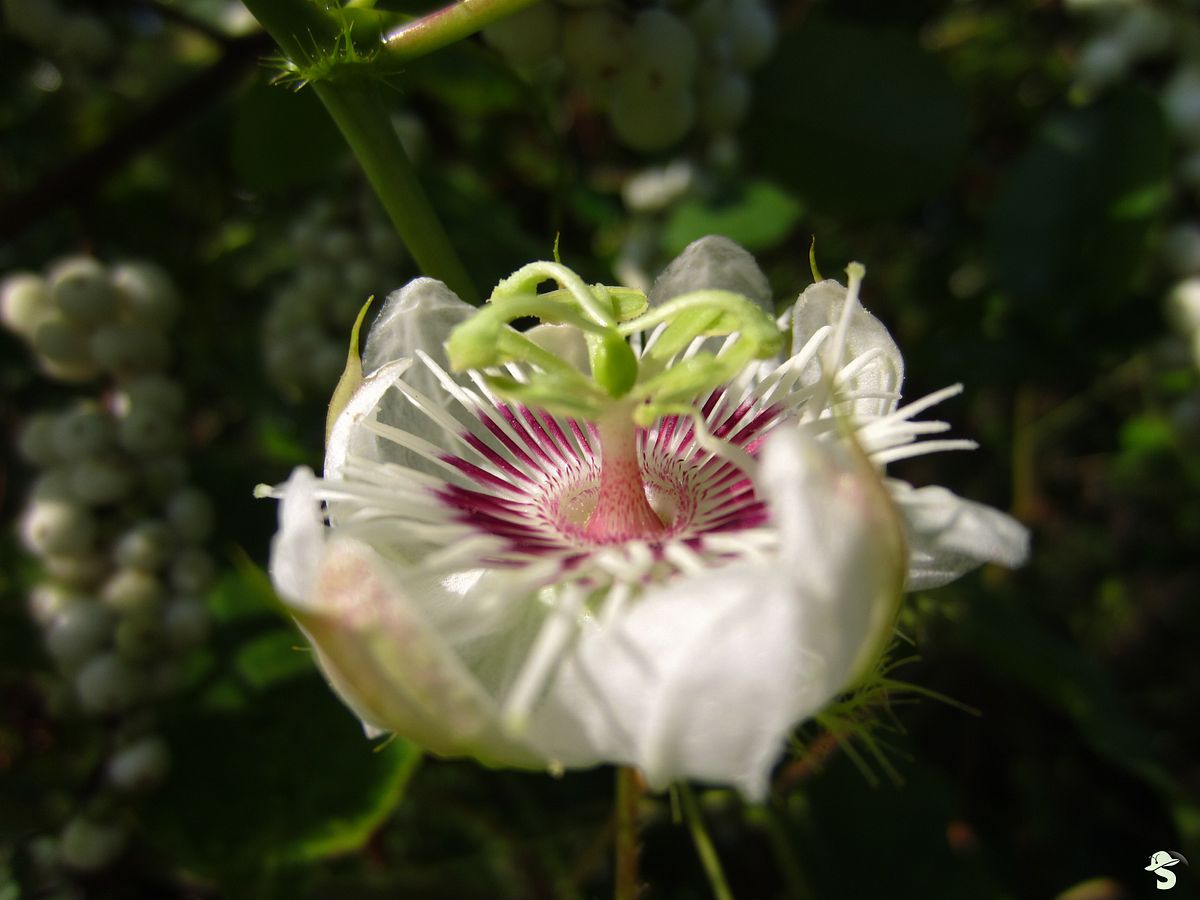
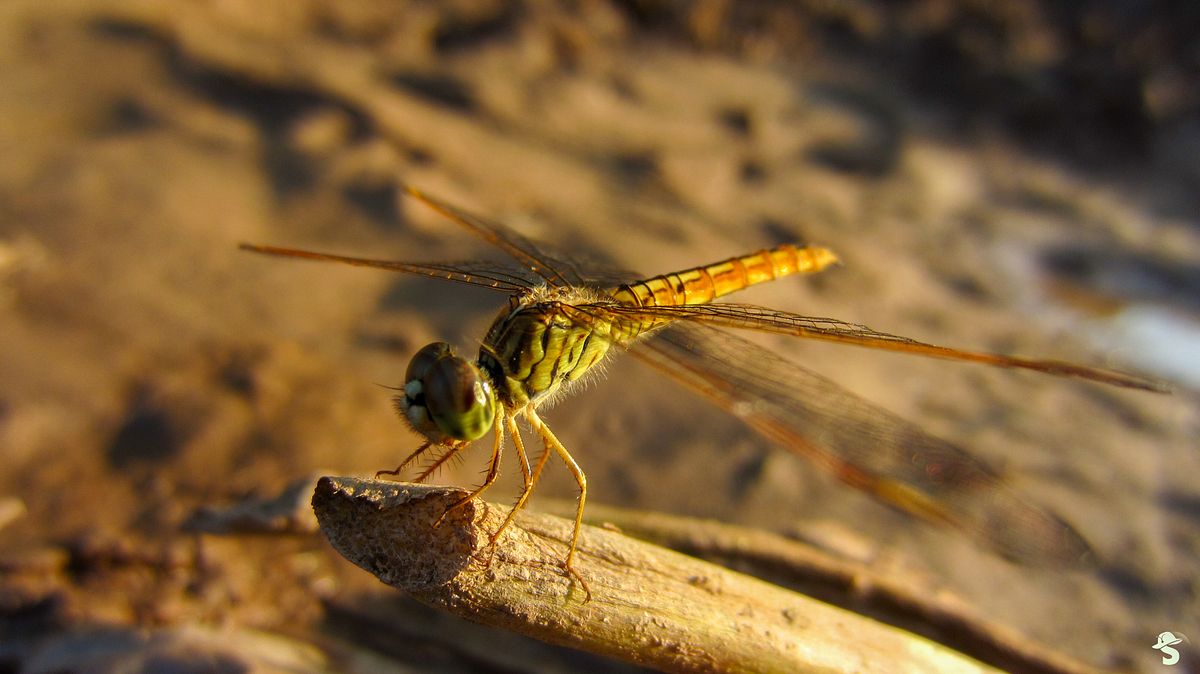
“To protect my beautiful childhood memories,” Dính said when I asked what motivates him to film and edit stories about Vietnamese nature.

Dính as a young child.
Born in Long Xuyên, An Giang, in 1995, Dính grew up beside a rural river surrounded by verdant delta flora. Simple strolls around town would bless him with interesting flowers, fruits, trees, and tiny critters to marvel at. But over the years, the idyllic natural area has been changing. A modern city has emerged, with gardens constrained, constricted, or destroyed to make way for construction and development. While Dính would share additional motivations for the Sticky Discovery videos later in our conversation, one important reason is to capture the natural areas that remain in Vietnam and remind him of the abundance he knew in his own backyard — the abundance that helped ignite a passion for nature in the first place.

A favorite photo from An Giang.
“I would usually go around my home, taking photos of butterflies, dragonflies, and flowers. And at that time, I watched BBC and NatGeo videos, and their behind-the-scenes, and wondered, ‘Wow! How can I get there? How can I do that?’ I asked my mother if I could study how to film nature or something like that. But, you know, at that time, it wasn’t available in Vietnam,” Dính reflected. Indeed, particularly 20 years ago, there was no clear path to take Dính from loving nature documentaries to actually making them.
Thus, with a dose of practicality and his mother’s concerns in mind, he enrolled at the University of Science in Hồ Chí Minh City after an older, former schoolmate returned to help with admissions and career counseling and handed out the school’s brochures. “I liked biology most because it involved most of the things that I love, but biotechnology involves technology, and technology is something maybe we can make money with,” he said. This wise assessment of the university’s degrees and the occupations they lead to, combined with some advice from a teacher, compelled Dính to enroll in biotechnology, though he didn’t quite follow the rules.

Dính in the Botanical Laboratory.
Dính has a hustler’s charm and wit, which allows him to finagle his way into conversations and opportunities that shouldn’t be available to him. For example, while studying the required biotechnology coursework in university, he would sneak into the biology classes, sometimes asking permission from the professors, sometimes not, and join field trips with the biology majors. For his thesis, Dính joined a biotechnology research group led by collaborating lecturers from biology and biotechnology. The project, “Evaluation of the Mosquito-Repellent Activity of Selected Essential Oils Combined with Plant-Based Carrier Oils,” enabled him to gain access to the biology major’s Botanical Laboratory — a place he had felt a deep pull towards and wished to be part of. That was the beginning of many field trips with biology lecturers and students.

Dính on a field trip in LangBiang. Photo by Tihon.
During his time in the botanical lab, Dính became friends with many of the students in that major, including Phan Thị Thanh Nhã, a botanist and botany artist and illustrator Saigoneer recently featured, through whom I met Dính. Since graduating, he has worked as a laboratory technologies salesman, providing equipment and reagents across various industries and now to hospitals and companies that use them for DNA tests, amongst other applications. He makes enough money to live and keep his mother from worrying too much while dedicating his free time to nature documentaries.
The power of happenstance and trusting one’s curiosity
Nhã introduced me to Dính at her booth in the Saigon Zoo during a botanical fair. I didn’t know it then, but they were selling postcards to raise money for a trip together. They planned to go to Huế to look for a fabled species of camellia flower. The dazzlingly bright red petals were described by French colonialists, but the plant’s current existence remains uncertain. “The color is very beautiful, but until now, nobody's seen it. I can only find the leaf and the sample that the French kept. I've not found the flower, but maybe I can see it out there somewhere. Maybe, maybe not, maybe it’s extinct already,” he said before noting that were he lucky enough to discover it, he wouldn’t post any announcement about it online before a clear protection plan was in place to safeguard it from the poachers who would seek to steal it.
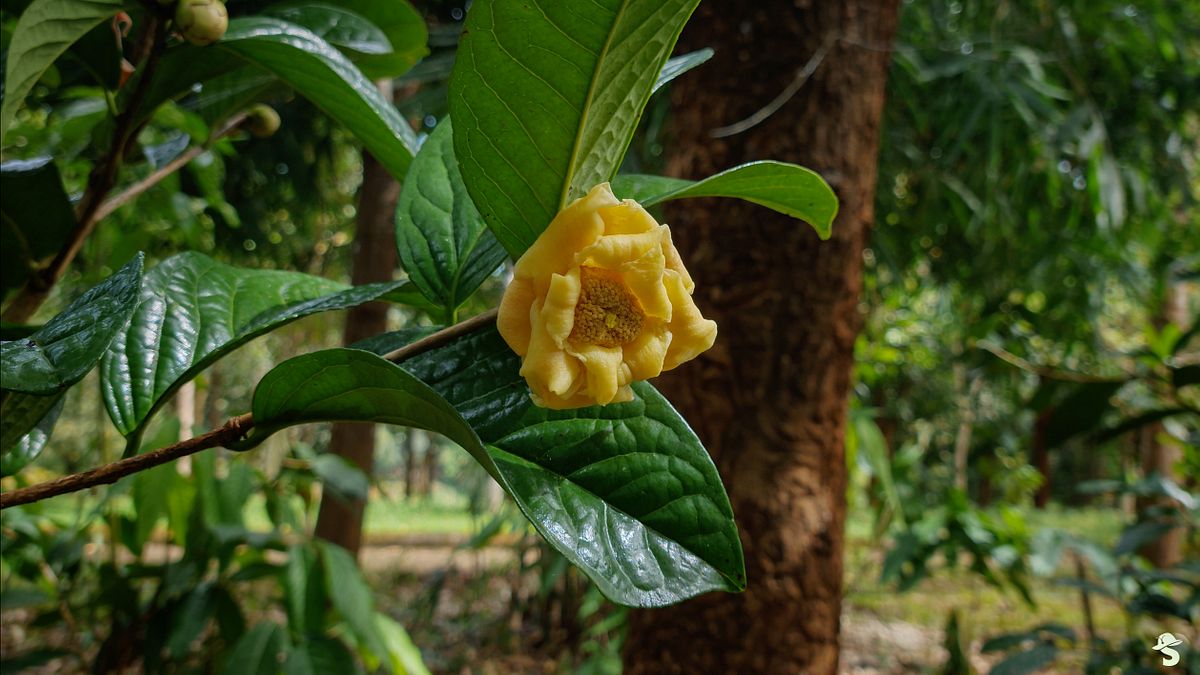
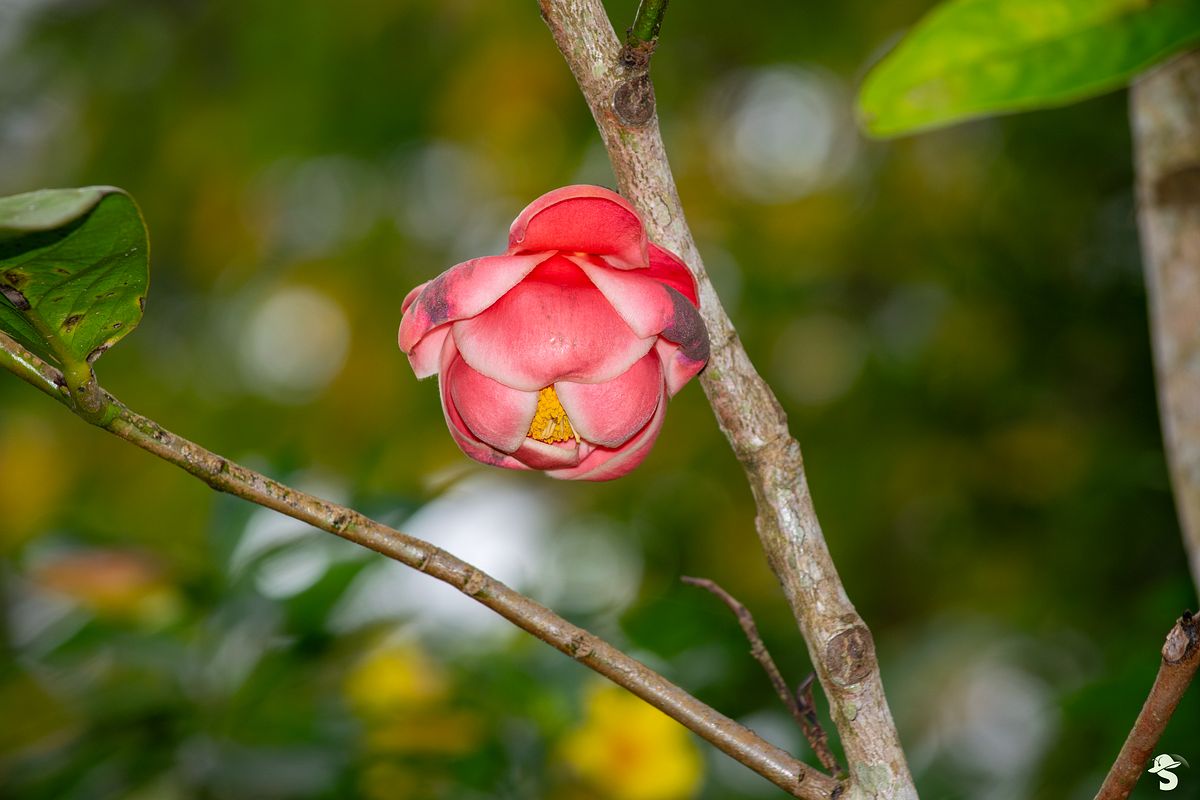
Camellia bugiamapensis (left) and Camellia cattienensis (right).
When Dính and I initially spoke at the zoo, he introduced Sticky Discovery via the three-part piece on Cát Tiên’s crocodiles. Indeed, these are the videos that I now recommend to people checking out Sticky Discovery for the first time. They take viewers on a journey through the history of the species’ re-introduction to Bàu Sấu; how farms raising them for meat and leather have been crucial for their preservation; and how this led to a medicine developed from their bones that is helping Vietnamese children born with a rare genetic disorder. The videos even include a brief detour to an ancient archeological sight where the animals appear on the gold coins of a forgotten civilization in the highlands.
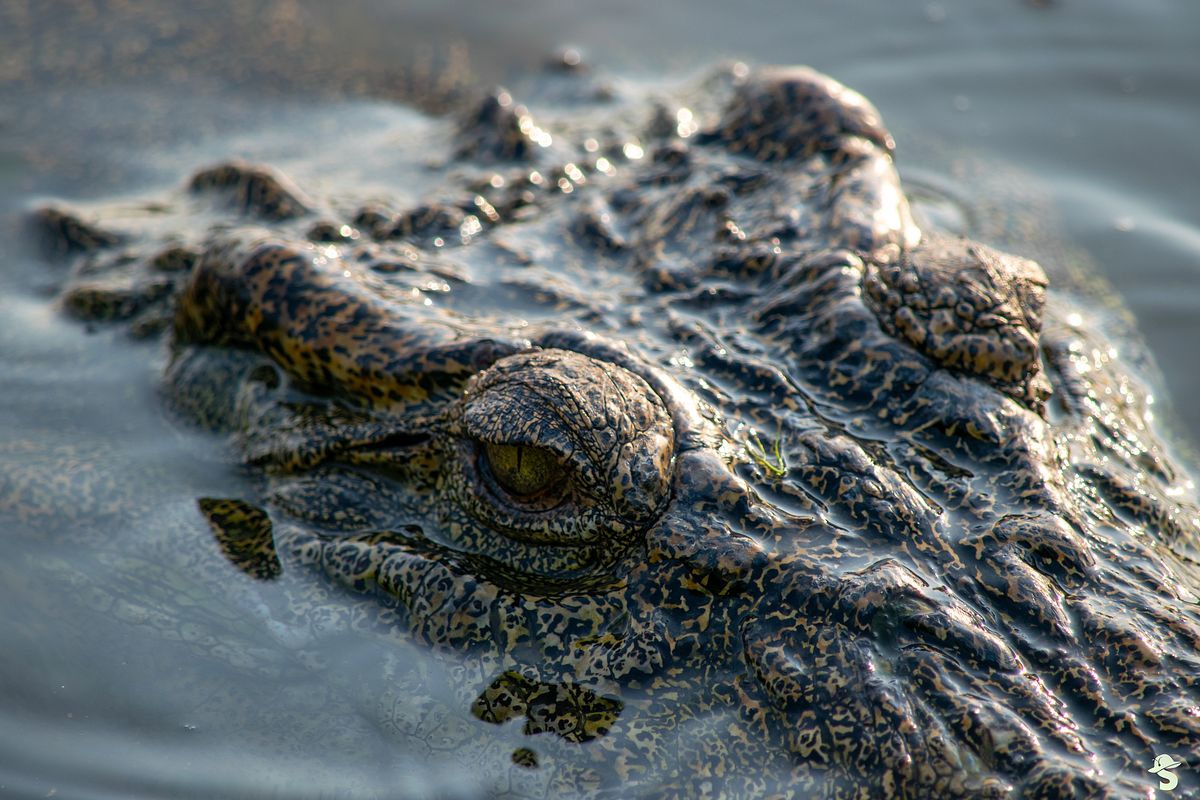
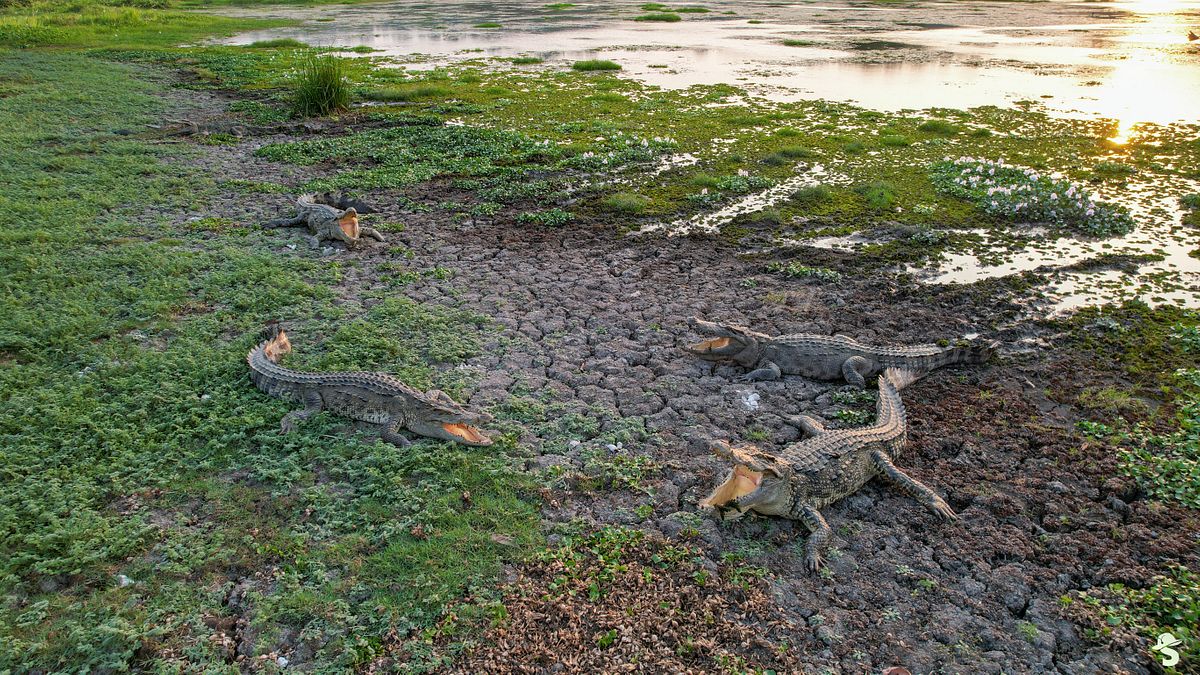
The crocodiles of Cát Tiên.
Dính never set out with this meandering story arc in mind when he started filming. Rather, he simply followed his curiosity after learning an anecdote about the crocodiles' reintroduction. He also wanted to push back against some YouTube comments left on an early video wherein people questioned why anyone would release a dangerous animal that could kill people. He wanted to correct this wrong mindset and allow visitors to Cát Tiên who see a crocodile to have a deeper understanding and respect for the true nature and value of the animals.

For the making of the crocodile videos, one question led to another, and a string of people agreed to meet with Dính, despite him not being able to offer any credentials or a real clear reason for the request. “If they are the right people, they will take time to meet with you. If not, they aren’t the right people,” he said. In explaining how he is usually able to convince scientists, researchers, experts and business people to sit for interviews, Dính referenced his belief in duyên, loosely translating to “faith met by opportunity,” which is the same concept that he credits for bringing him to the whale in Bình Định. I suspect that these professionals are like me and they are simply won over by Dính’s earnest enthusiasm for niche topics with no ulterior motives.
In addition to Dính’s knack for convincing people to share their knowledge with him, he has a talent for patience. He said that if a story requires four visits to a site, he’ll go four times; if it needs five, he’ll do five, and the same holds for however many interviews he needs to conduct. He is in no rush. “It’s just my hobby,” he said, “When I feel interested, I will feel happy with my trip, that’s how I enjoy my life. I see the story as my responsibility to tell everyone.”
Progressing slowly by design
“I want to do something like NatGeo or the BBC, but the Vietnamese version to talk about the diversity of Vietnam. If that works, then maybe later I’d do it in another country, but I’d love to do it for my country first,” Dính said of his long-term plans. He is working on a project about the diversity of camellia flowers at the moment, with one released about the topic already. He will also continue to post vlog-like videos and compilations of trips and years in review, which he said he makes for himself as a way to remember what he has seen and done; if others enjoy them, that's great too.
Since releasing the crocodile videos, Dính has heard from more people who are interested in making the same types of videos as he is and are on the same “frequency” when it comes to nature. Some of these people have found ways to fund their projects via grants and foreign institutions. Dính is inspired by these possibilities but isn’t in a hurry to monetize anything quite yet. “I’m still finding my way,” he said. “First, I need to understand myself and learn how to do everything on my own,” he said, noting that before he invites in any of the people who have expressed interest in collaborating with him, he wants to “go a little bit slow and find my way.”
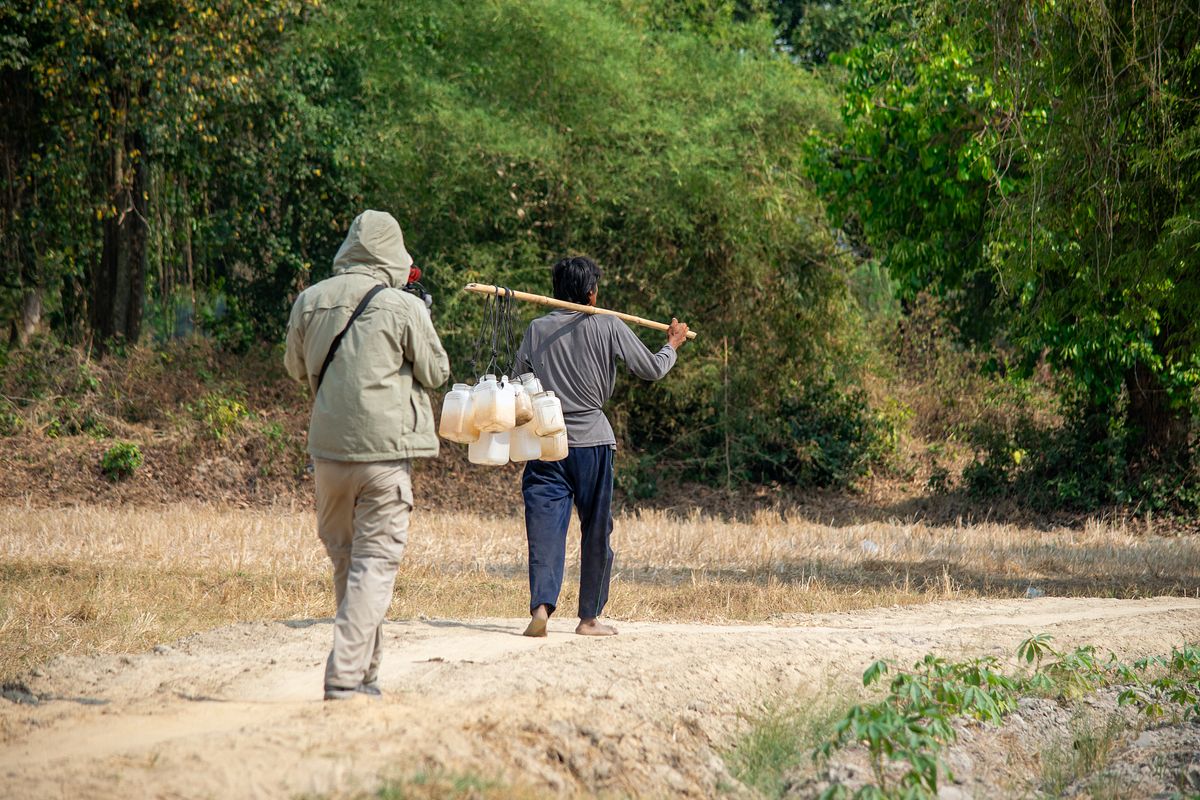
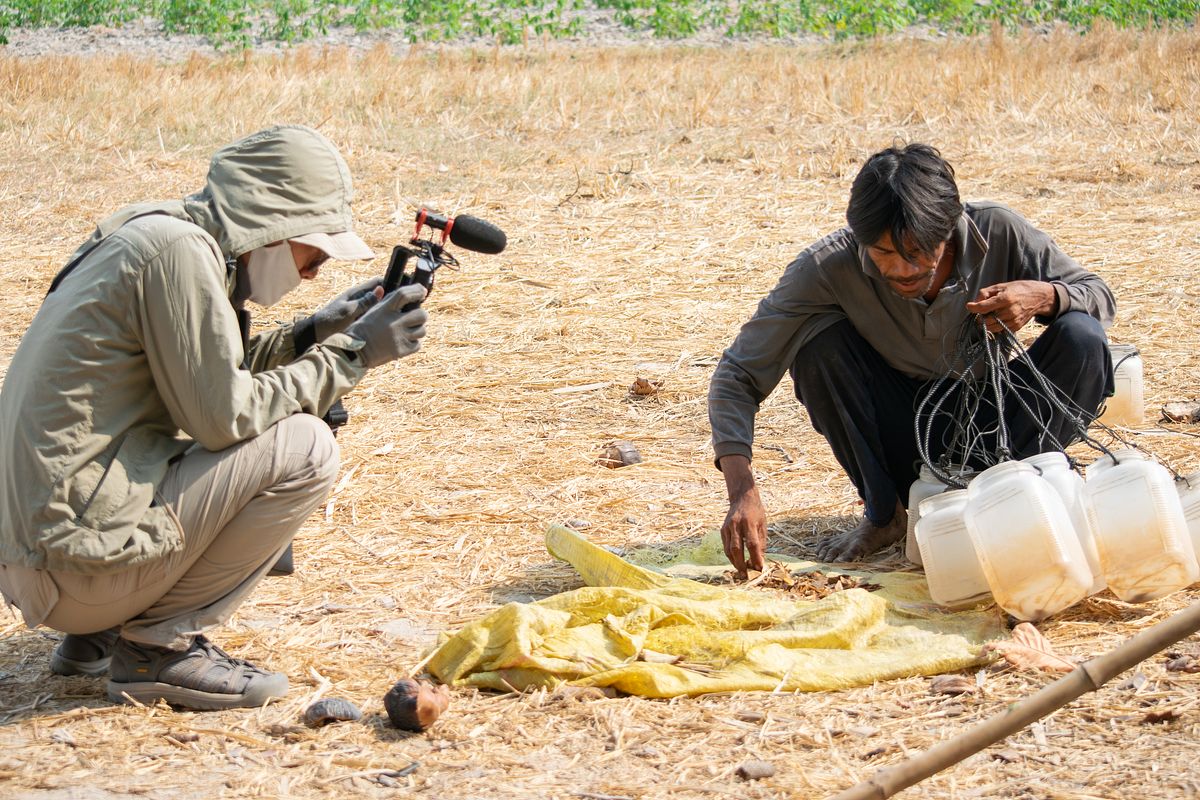
Filming in An Giang.
So while he will sometimes travel with friends, simply enjoying their company on the journeys, for now, he considers the making of the videos to be a one-man operation. This includes the filming and editing process. He has taken some basic filmmaking and storytelling classes to improve the way he approaches the topics, but is happy to slowly learn via trial and error and not complicate the process by taking on additional people. Similarly, when he feels they are ready for more viewers he will expand the promotion of Sticky Discovery beyond his personal page and organic gathering of followers.
“I do not think about the audience before I post a video, I just want to share it, and if people like it, they like it. I’m trying to find a way to make scientific things easier to understand so people will realize that science is not something complicated, it's very simple and a part of everyday life,” he said when reflecting on the impact he hopes the videos have on his viewers.
In addition to making average people more aware and inspired by the nature that surrounds us all, he hopes his videos could influence important decision-makers when confronted with choices that impact nature. By seeing the practical and economic value of crocodiles, for example, they might eventually take actions that are in greater harmony with the natural world. “At the end of the day, I imagine that it's not a complicated scientific matter of ‘you have to do this, you have to do that.’ No, it’s just a little change in their mindset so their behavior is more friendly towards nature; so they can enjoy it and not destroy it.”

In Phú Quý.
While Dính will admit his videos are still a little rough around the edges as he learns his craft, they already hold immense power that should inspire us nature lovers who sometimes feel at a loss for how to share our enthusiasm for plants and animals in a way that makes an impact. Dính provides a great example. In one video, he explores Bến Tre, and the discussion of the myriad benefits of coconuts and the surrounding industry is interrupted by mudskippers in the canal. He deviates to simply express excitement over spotting the wondrous fish that shimmy up onto muddy land. The many problems facing the natural world will not be solved if more people were excited by nature, but it would certainly help. Here, Sticky Discovery is making a difference.















